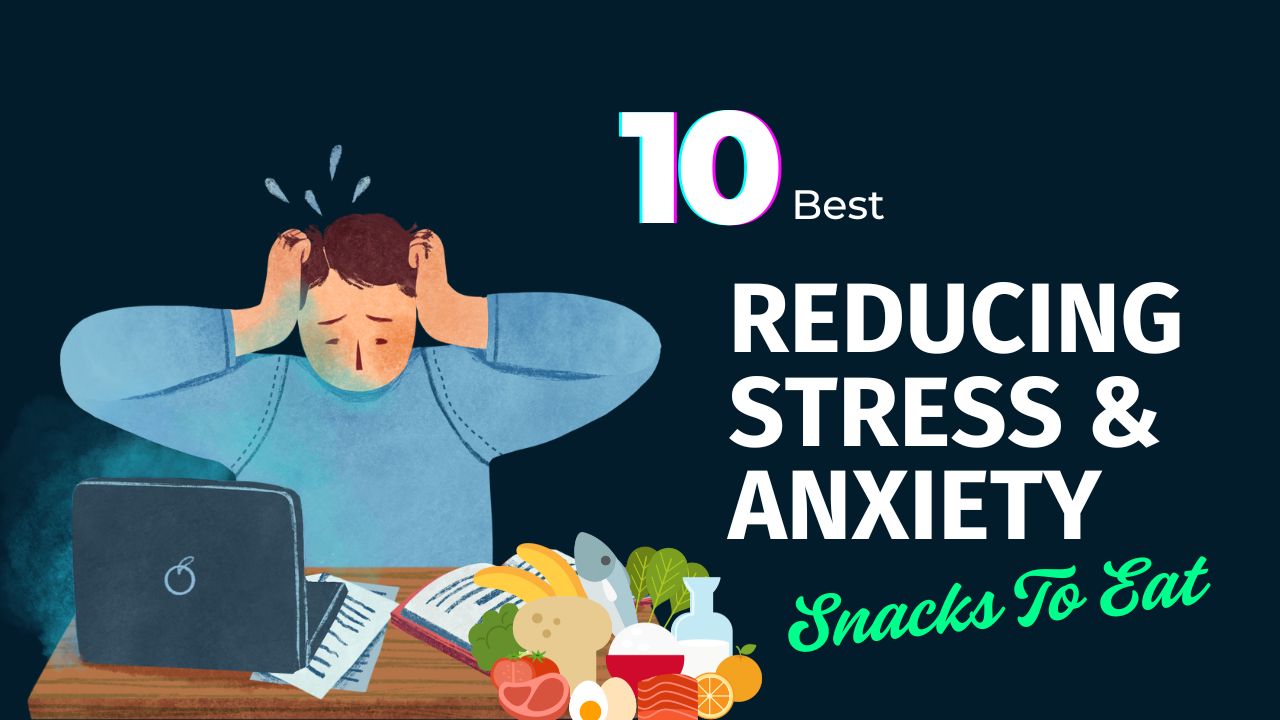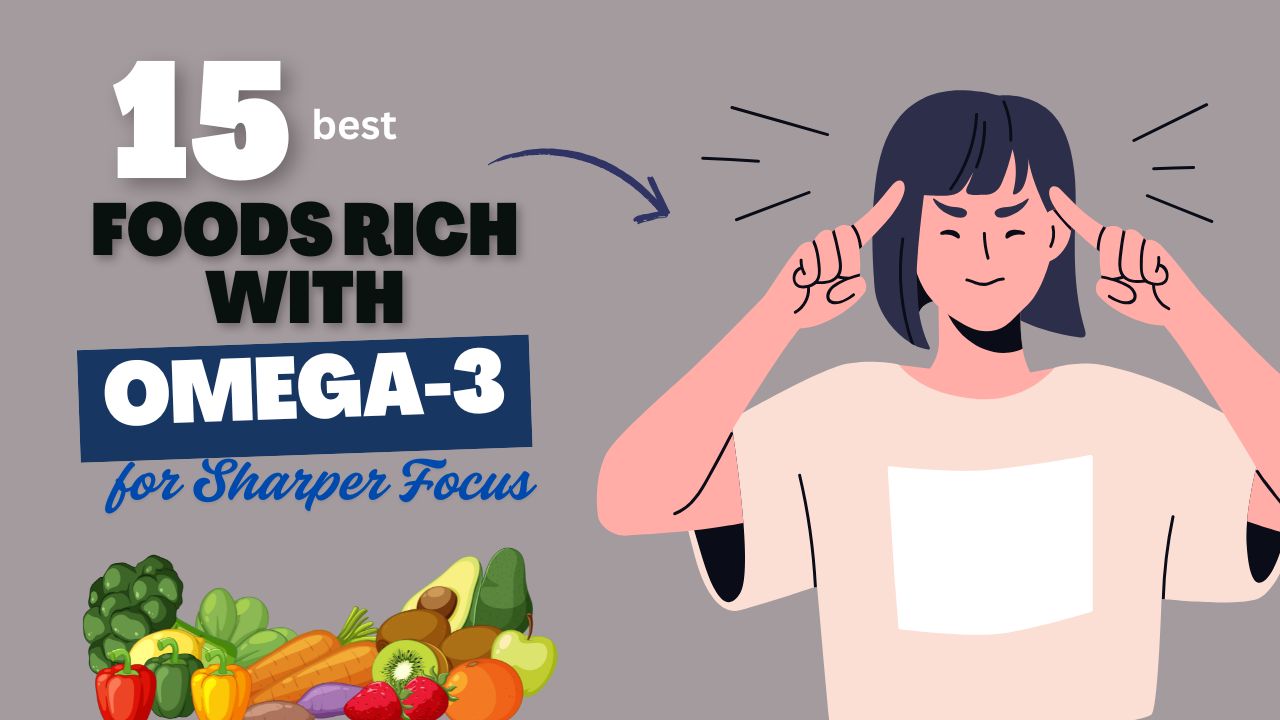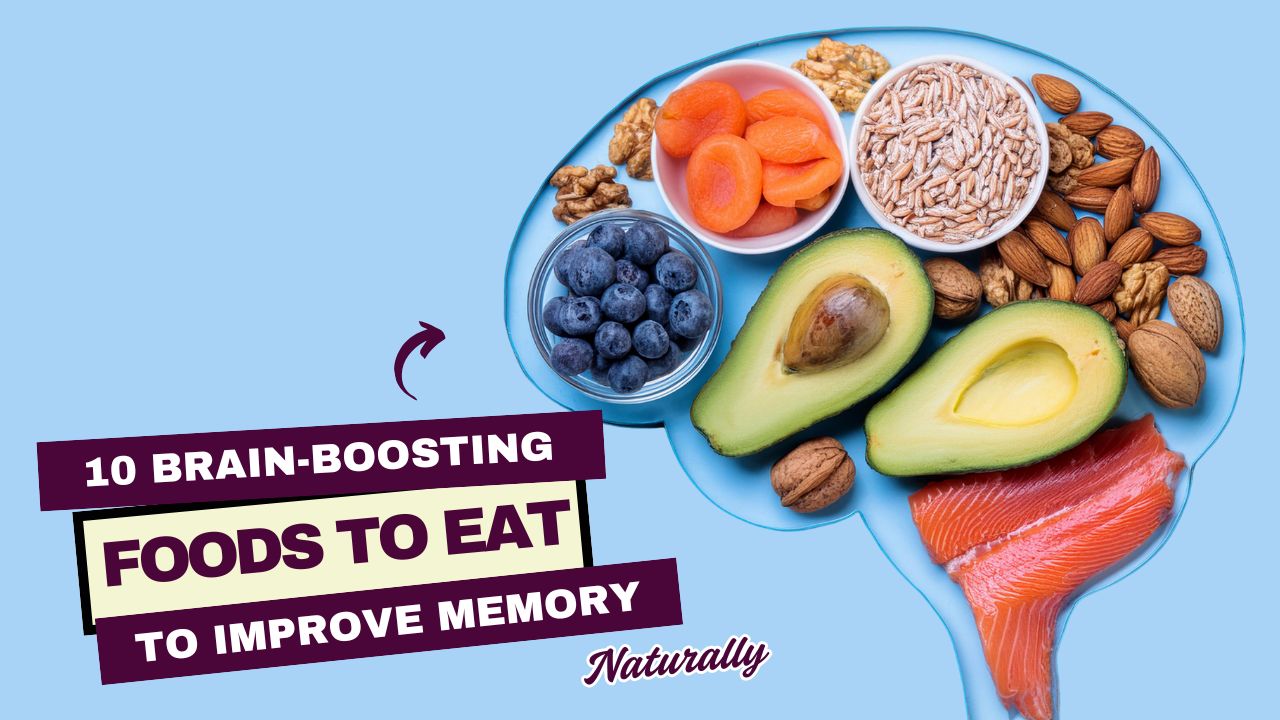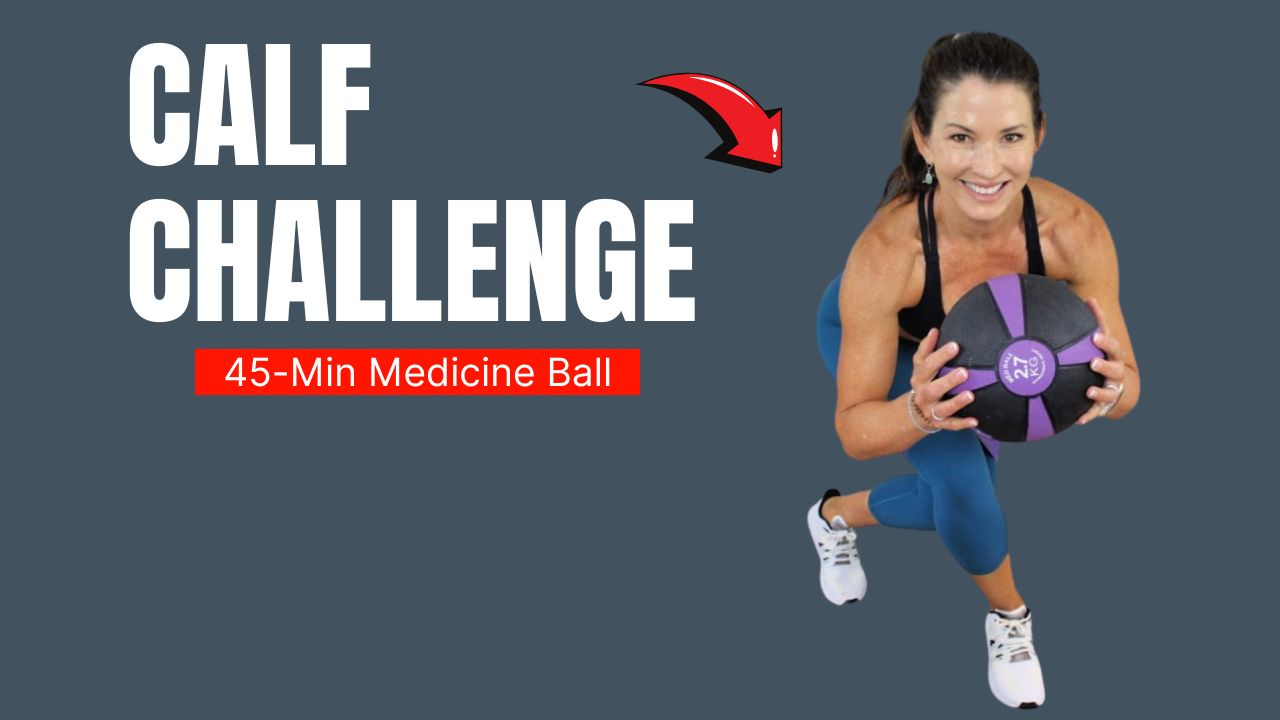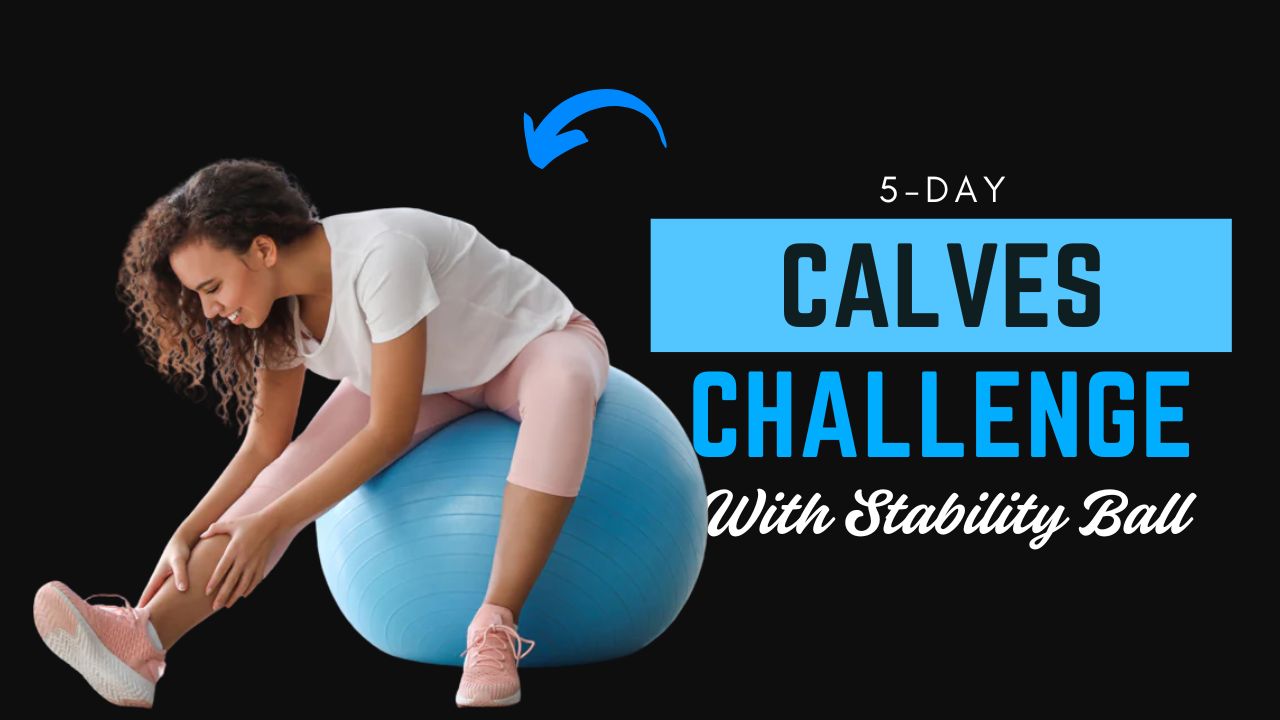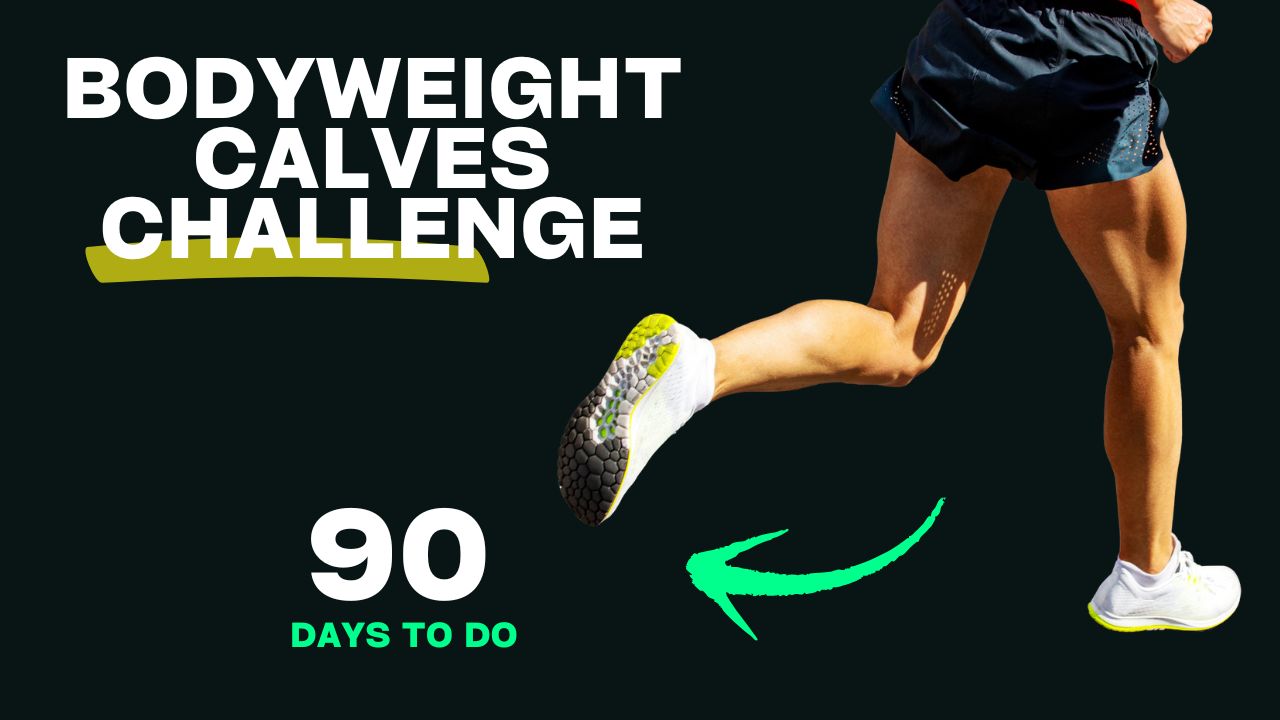Do you know that the foundation for strong bones and muscles begins before puberty?
That’s right—what your child does during their early years can shape their health forever.
Studies show that regular physical activity during childhood not only boosts muscular strength but also increases bone density that lasts into adulthood. Yet, many parents overlook the importance of structured full-body exercise for children.
This guide will walk you through 18 full-body exercises designed specifically to help kids build strong bones, develop lean muscles, and improve coordination—all in a fun and safe way.
These exercises don’t just promote physical health—they also enhance focus, balance, self-confidence, and lifelong habits.
Let’s break the myth that strength-building is only for adults. With the right techniques and movements, kids can grow stronger, healthier, and more active—all without ever stepping into a gym.
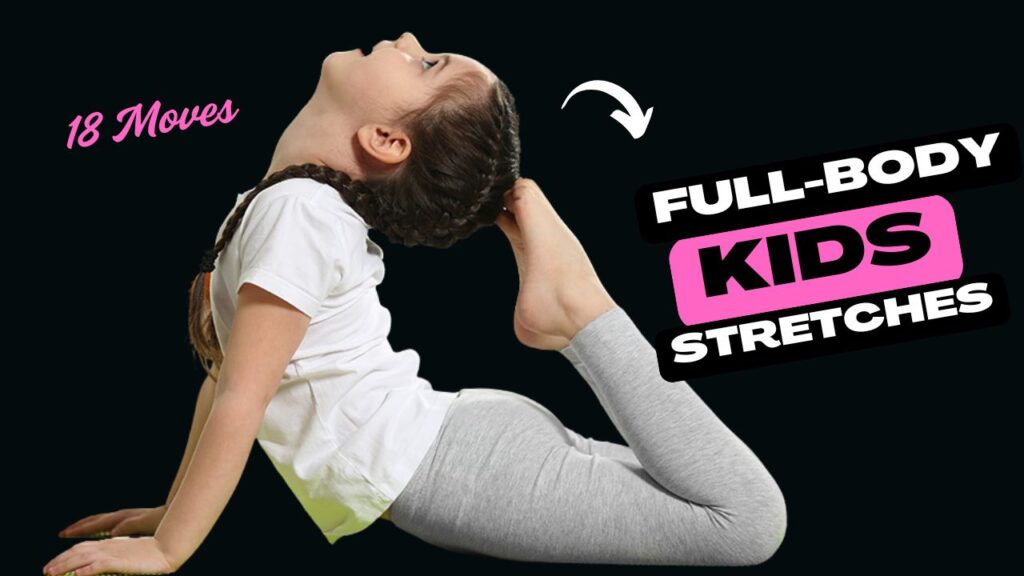
Table of Contents
Why Full-Body Exercises Matter for Kids
Children are naturally energetic, but that doesn’t always mean they’re getting the right type of physical activity. While playtime is important, targeted full-body workouts offer structured benefits like:
- Stimulating bone growth through load-bearing movements
- Enhancing muscle tone without the risk of overtraining
- Improving posture and balance during rapid growth phases
- Developing motor skills and coordination for everyday activities and sports
Most importantly, these exercises create a foundation of fitness that supports healthy weight, strong immunity, and reduced risk of future injuries.
How to Use These Exercises
Each of these exercises can be done at home, in the park, or during PE sessions—with little or no equipment.
The best way to start is to pick 5–6 exercises from the list below and do them in a circuit, repeating each for 30–60 seconds with 15–30 seconds rest. Adjust duration based on your child’s age and energy level.
Let’s dive in.
What Can Happen After 30 Days of Full-Body Exercises
| Positive Change | What It Means for Kids |
|---|---|
| Improved Strength and Stamina | Kids can perform daily activities and sports with more energy and less fatigue |
| Increased Bone Density | Bones grow stronger, reducing future risk of fractures or posture issues |
| Enhanced Muscle Tone | Visible improvement in muscle control, posture, and balanced movement |
| Better Coordination and Balance | Helps with sports performance and everyday movement like running, jumping, or climbing |
| Boosted Confidence | Mastering exercises builds self-esteem and encourages a positive body image |
| Sharper Focus and Mental Alertness | Regular movement improves blood flow to the brain, enhancing classroom concentration |
| Improved Sleep Patterns | Active kids tend to sleep deeper and wake up more refreshed |
| Reduced Screen Time | As exercise becomes a fun routine, kids may naturally shift away from excessive screen use |
| Strengthened Family Bond | Doing exercises together can improve family connection and teamwork |
Do’s and Don’ts of Full-Body Exercises for Kids
| Do | Don’t |
|---|---|
| Encourage proper form and slow, controlled movements | Don’t rush through exercises—speed can lead to injury |
| Make workouts fun using games, stories, or challenges | Don’t force kids into long or boring routines |
| Supervise the exercises, especially in younger children | Don’t leave kids unattended during active movement sessions |
| Include warm-ups (like light jogging or arm circles) before starting | Don’t begin without warming up—it increases risk of muscle strain |
| Allow rest between sets or circuits | Don’t push kids to exhaustion—overtraining can cause burnout |
| Adjust movements to suit age and skill level | Don’t expect perfect coordination or strength from the start |
| Use soft surfaces (mats, carpet, or grass) for floor exercises | Don’t do floor moves on hard or slippery surfaces |
| Praise effort over perfection | Don’t criticize mistakes—it reduces confidence |
| Keep the focus on health, strength, and fun | Don’t make it about weight loss or physical appearance |
18 Best Exercises For Kids
1. Bear Crawls
Targets: Arms, shoulders, core, legs
How to Do:
- Begin in a crawling position with knees off the ground
- Move opposite hand and foot forward together
- Keep hips low and back flat
Why It’s Great: Builds total body coordination and shoulder strength.
2. Jumping Jacks
Targets: Full-body cardio and coordination
How to Do:
- Start standing, arms at sides
- Jump legs wide while raising arms overhead
- Return to start and repeat
Why It’s Great: Increases heart rate and strengthens bones through impact.
3. Wall Sits
Targets: Thighs, glutes, core
How to Do:
- Lean back against a wall, slide down until knees are bent at 90°
- Hold for 20–30 seconds
Why It’s Great: Builds leg strength and stamina safely.
4. Crab Walks
Targets: Triceps, glutes, core
How to Do:
- Sit with hands and feet on the floor
- Lift hips and walk backward and forward
Why It’s Great: Engages multiple muscle groups and improves balance.
5. Bodyweight Squats
Targets: Legs, hips, core
How to Do:
- Stand with feet hip-width apart
- Lower down like sitting in a chair, then stand
Why It’s Great: Strengthens lower body and supports joint development.
6. Superman Hold
Targets: Back, glutes, shoulders
How to Do:
- Lie face down, arms and legs extended
- Lift arms, legs, and chest slightly off ground
Why It’s Great: Strengthens the spine and posture muscles.
7. Mountain Climbers
Targets: Core, arms, legs, cardio
How to Do:
- Start in plank position
- Drive knees to chest one at a time quickly
Why It’s Great: Builds core and cardiovascular endurance.
8. Skipping Rope
Targets: Legs, arms, cardiovascular system
How to Do:
- Swing rope overhead and jump with both feet
Why It’s Great: Boosts bone density and rhythm coordination.
Myth Buster: Skipping doesn’t stunt growth—on the contrary, it strengthens bones!
9. Lunges (Walking or Static)
Targets: Quads, hamstrings, glutes
How to Do:
- Step one foot forward and bend both knees
- Return to standing and switch legs
Why It’s Great: Improves stability and leg strength.
10. Plank Holds
Targets: Core, shoulders, arms
How to Do:
- Hold a push-up position with elbows under shoulders
- Keep body in a straight line
Why It’s Great: Develops a strong midsection and body control.
11. Animal Walks (Frog, Bunny, Duck)
Targets: Whole body + imagination
How to Do:
- Mimic different animals through motion
Why It’s Great: Makes exercise fun and engages different muscles.
12. Side Lunges
Targets: Inner thighs, glutes, hips
How to Do:
- Step out to the side and bend one knee
- Keep the other leg straight
Why It’s Great: Improves lateral movement and joint strength.
13. Burpees (Modified for Kids)
Targets: Full body, especially cardio
How to Do:
- From standing, squat down, step back to plank
- Return to standing and jump
Why It’s Great: Builds stamina and strength without weights.
14. Shoulder Taps
Targets: Core, arms, balance
How to Do:
- In plank, tap each shoulder with opposite hand
Why It’s Great: Encourages stability and balance while activating core muscles.
15. Skater Jumps
Targets: Legs, glutes, coordination
How to Do:
- Jump side-to-side like a speed skater
- Land on one foot, then switch
Why It’s Great: Develops power and agility.
16. Tuck Jumps
Targets: Legs, core, explosive power
How to Do:
- Jump up and bring knees to chest
- Land softly and repeat
Why It’s Great: Builds explosive strength and strong joints.
17. Standing Toe Touch Kicks
Targets: Hamstrings, core, balance
How to Do:
- Kick one leg up while reaching opposite hand to foot
Why It’s Great: Increases flexibility and body awareness.
18. Mini Obstacle Course
Targets: Agility, balance, coordination
How to Do:
- Use cones, cushions, or toys to create a movement path
Why It’s Great: Encourages creative movement and problem-solving.
What Makes These Exercises Safe?
- No equipment needed – pure bodyweight
- Joint-friendly – tailored for growing bodies
- Can be adjusted – scaled for age or skill
- Fun and engaging – encourages consistency
Did You Know? Weight-bearing activities in childhood can delay early onset osteoporosis and boost peak bone mass.
Final Thoughts
Exercise for kids shouldn’t be about aesthetics or performance—it should be about strengthening their bodies for life.
These 18 full-body movements offer an engaging and effective way to build strong bones, muscles, and the habit of healthy movement. Just a few minutes daily can make a lasting difference in their posture, energy, and self-esteem.
Frequently Asked Questions (FAQs)
What age can kids start doing full-body exercises?
Most children can begin structured physical activities around age 5 and above, depending on their coordination and interest level. However, the exercises should be bodyweight-based, age-appropriate, and supervised to ensure safety and correct form.
Can these exercises help with my child’s posture?
Yes, many of the exercises—such as planks, superman holds, and squats—are excellent for improving posture. They strengthen core muscles and spinal stabilizers, helping your child maintain an upright, healthy posture.
Is it safe for kids to do strength-based activities?
Absolutely. Contrary to popular belief, strength-based bodyweight exercises are safe for kids when done with proper form and supervision. These exercises support muscle development, bone density, and overall physical fitness without the risks associated with heavy weightlifting.
How often should kids do these full-body workouts?
Children can perform these workouts 3 to 5 times per week, depending on their energy and recovery. Keep the sessions short—20 to 30 minutes—and always include fun elements or variations to maintain engagement.
Do these exercises help with bone health?
Yes. Many of the included movements—especially jumping jacks, lunges, and tuck jumps—are weight-bearing exercises, which stimulate bone growth and density. These are essential during growing years for developing strong skeletal structure.
What if my child doesn’t enjoy exercising?
Turn the workout into a game or challenge. Incorporate animal walks, obstacle courses, or circuit-style play. Allow your child to choose some of the exercises—they’ll feel more involved and motivated.
How do I know if my child is doing the exercises correctly?
Look for signs of smooth, controlled movement, good posture, and no complaints of pain. Demonstrate the move first and offer gentle corrections. If needed, consider watching age-appropriate exercise videos together.
Can these exercises help with weight management in kids?
Yes. Combined with a balanced diet, regular physical activity like these full-body exercises supports healthy metabolism, weight regulation, and improved physical confidence.
Do we need any equipment for these exercises?
No special equipment is needed. All the exercises listed use bodyweight only, making them perfect for home, parks, or school settings. A soft mat or grass surface can help with comfort.
Are these exercises suitable for kids with low energy or coordination issues?
Yes, but start slow. Choose simpler movements like wall sits, toe touches, and shoulder taps. Always prioritize form over intensity, and consider consulting a pediatrician or physiotherapist if your child has medical concerns.

